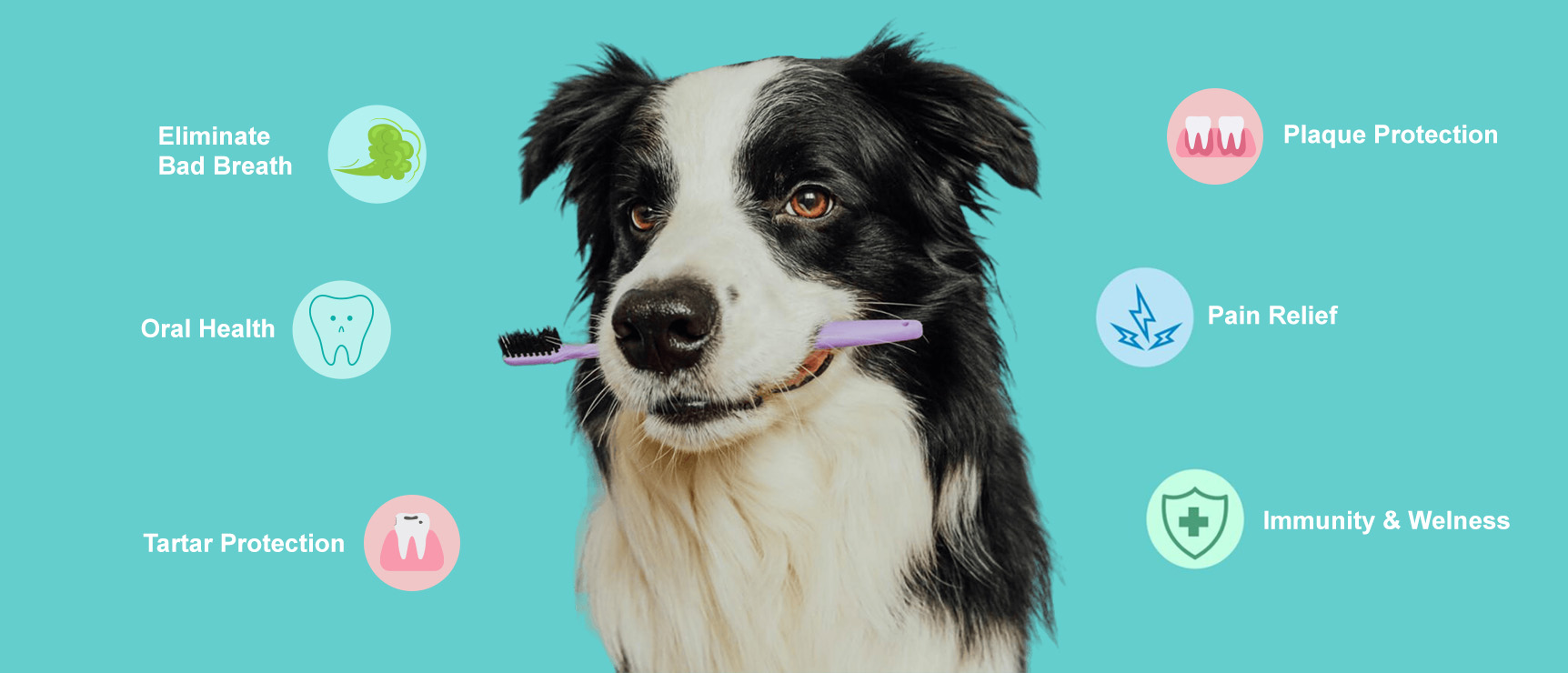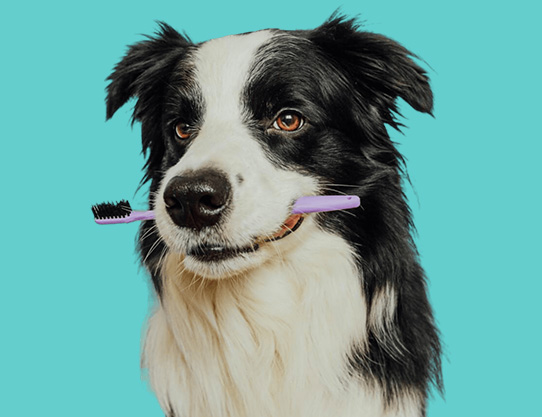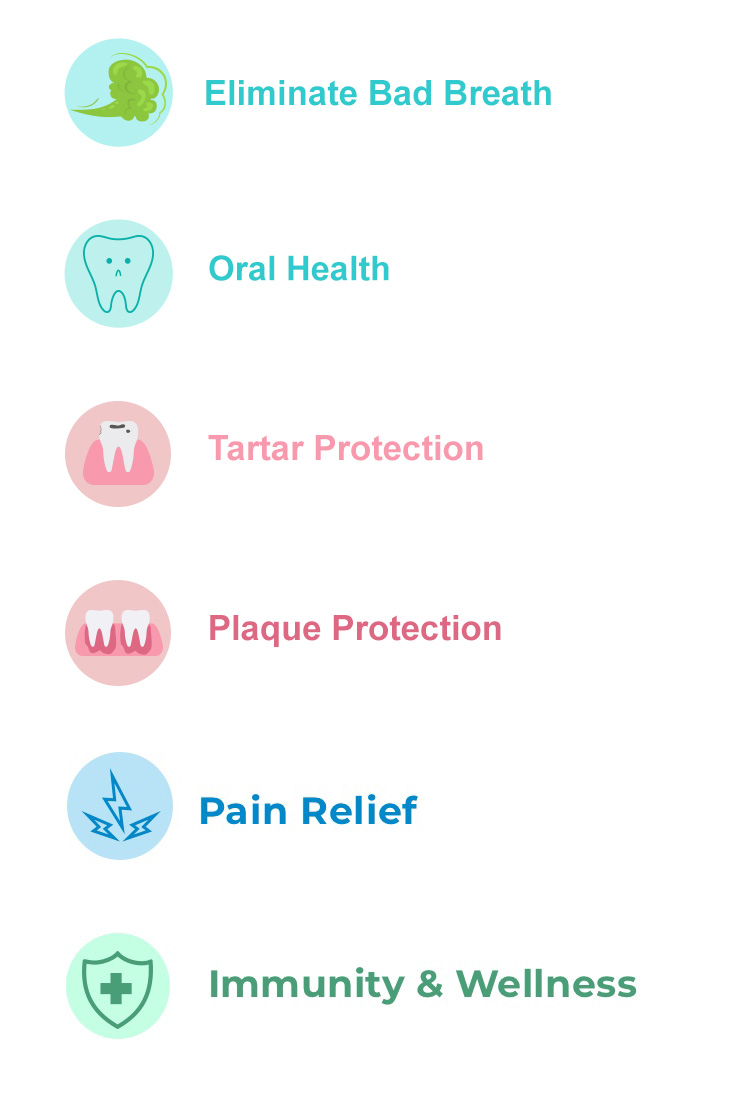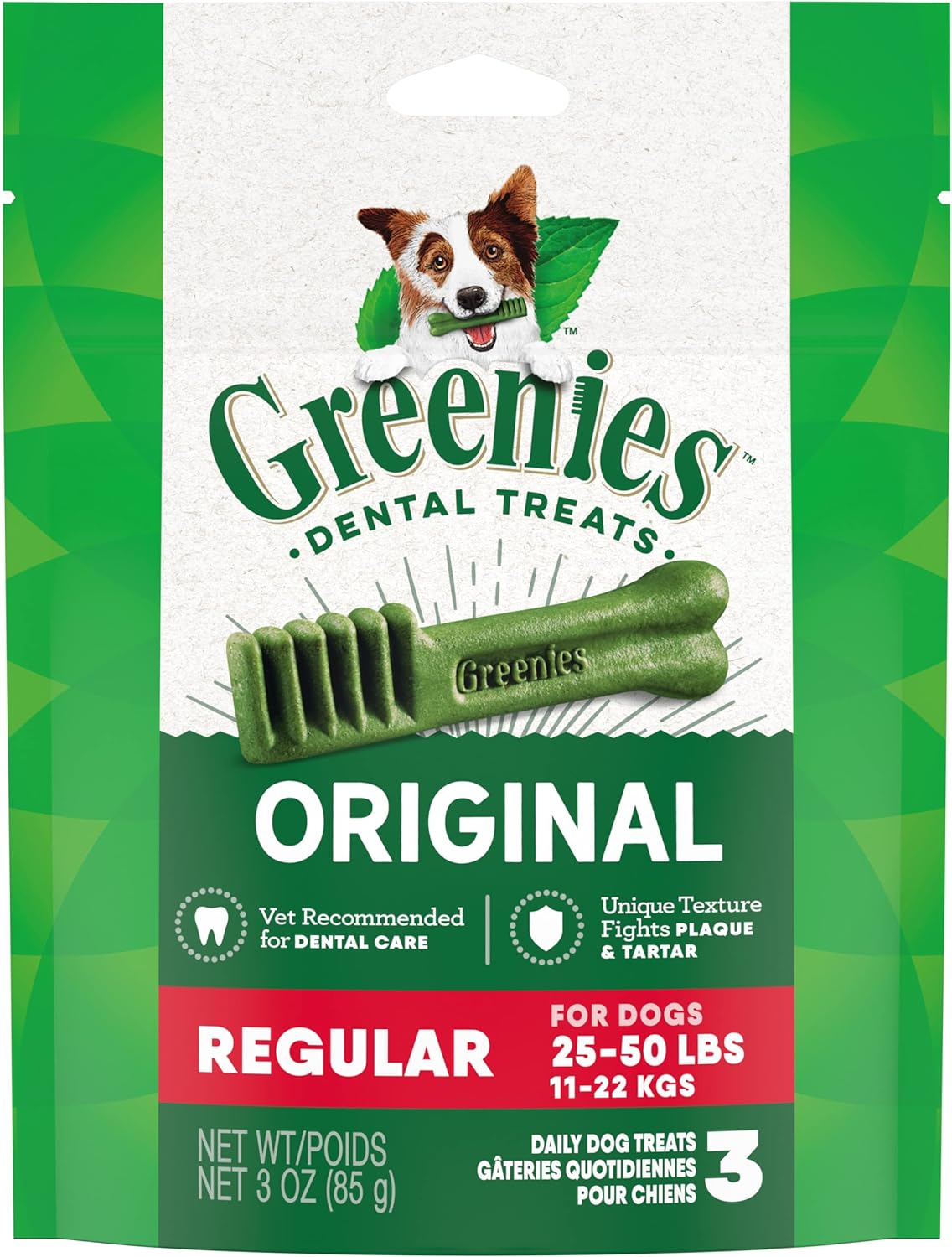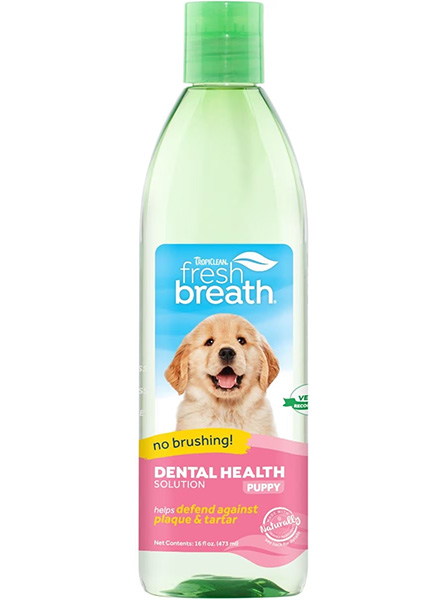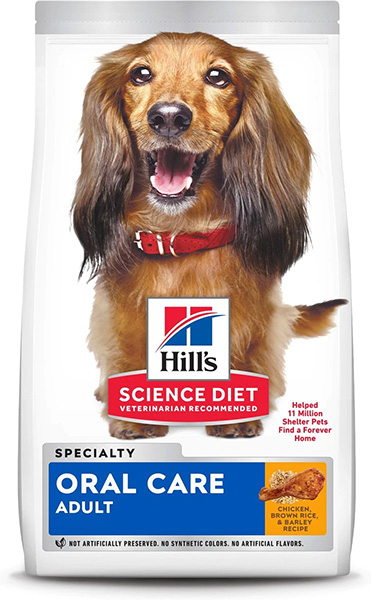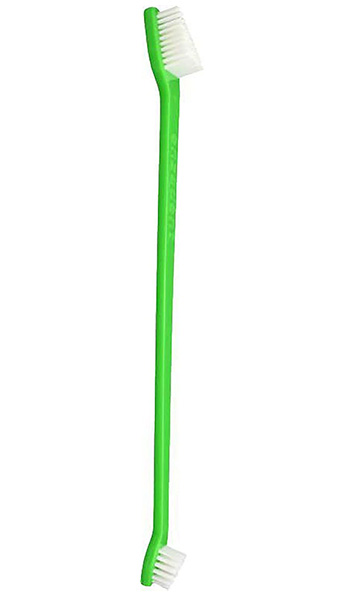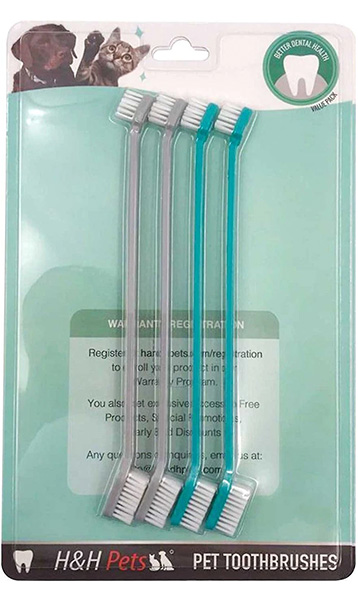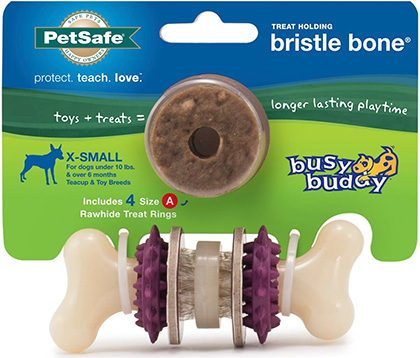Halitosis (Bad Breath)
The most prevalent issue in dogs is halitosis, commonly known as bad breath. Bad breath typically serves as the initial indicator that something might be amiss with your pet’s oral health. This unpleasant odor arises when bacteria establish themselves in your dog’s mouth. These bacteria can lead to an infection, causing an even more unpleasant odor.
In some cases, regular teeth brushing can effectively address bad breath. However, if a more serious underlying issue, such as an infection or illness, is suspected, it is imperative to promptly consult your veterinarian.
Periodontal Disease
Periodontal disease is a severe condition, characterized by an infection between the gums and teeth. It can result in swelling, pain, tooth loss, difficulties in eating, and nasal discharge. If your dog exhibits signs of periodontal disease, such as yellow teeth, swollen gums, and challenges with chewing, it is crucial to bring them to your veterinarian. Upon diagnosing periodontal disease, your vet will prescribe a treatment plan.
Proliferative Gum Disease
Proliferative gum diseases often occur in breeds like Bull Terriers and Boxers. This condition arises when a dog’s gum grows over their teeth, potentially leading to infections, typically treated with antibiotics.
Signs Your Dog is Suffering from Oral Disease
When examining your dog’s mouth, it’s essential to know what to look for. Familiarity with the signs of oral diseases in dogs can significantly facilitate the examination. Here are the most common indicators of oral diseases in dogs:
Breath
The initial sign that your dog might be suffering from an oral disease is bad breath. While it could be attributed to their diet, persistent bad breath, even after teeth brushing, may indicate a more serious underlying issue causing the odor.
Color of Teeth and Gums
The color of your dog’s teeth and gums is another indication of potential oral issues. Yellow or brown teeth suggest a problem, as does excessively red, bloody, or discolored gums, signaling an oral problem.
Gums
In addition to gum color, pay attention to their size and shape. Inflamed and swollen gums indicate irritation, especially if the inflammation leads to gum bleeding or interferes with your dog’s eating habits.
Growths
Growths in your dog’s mouth, such as lumps and bumps, are clear signs that something is wrong. While some growths may be benign, others could indicate life-threatening illnesses.


